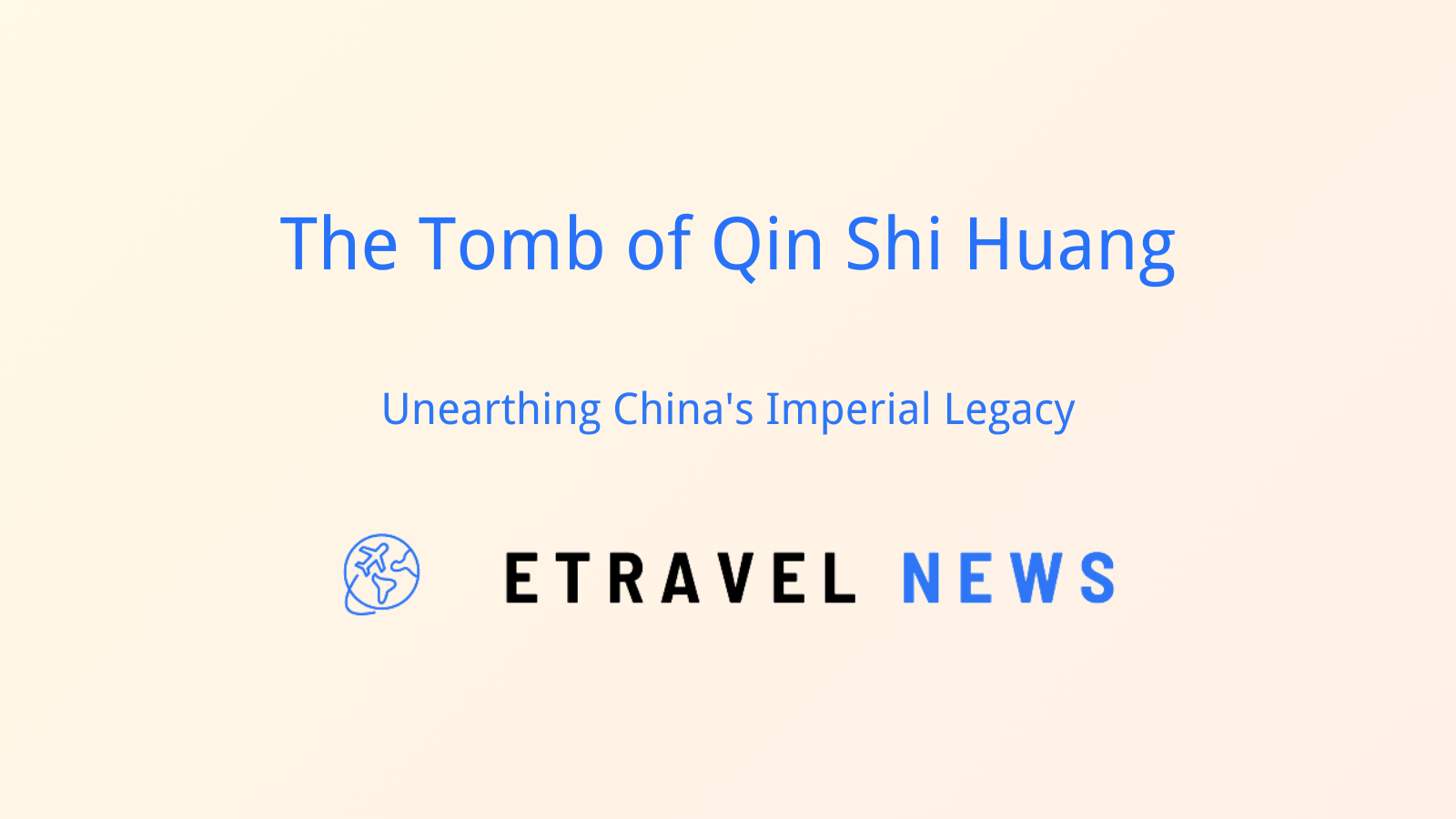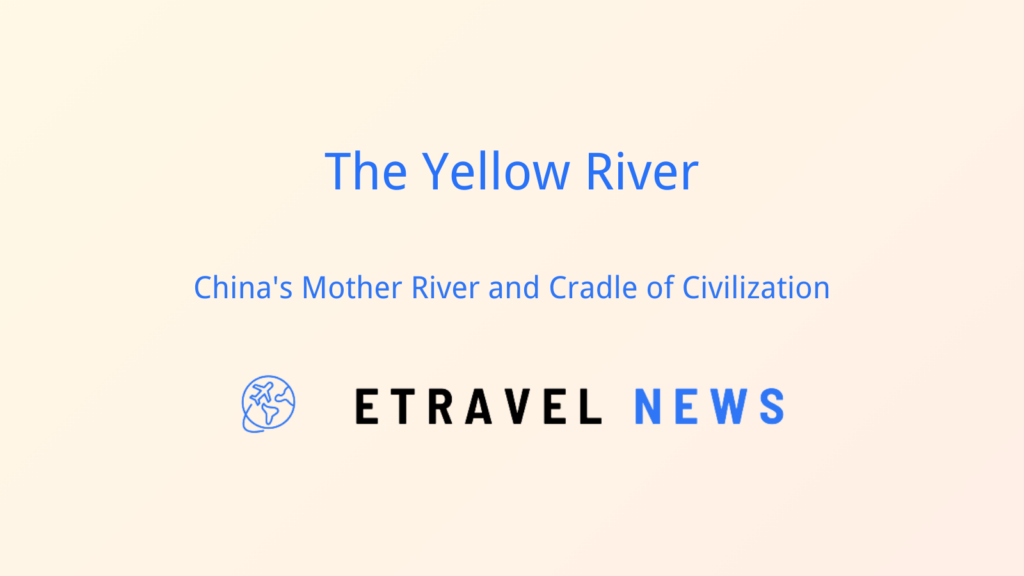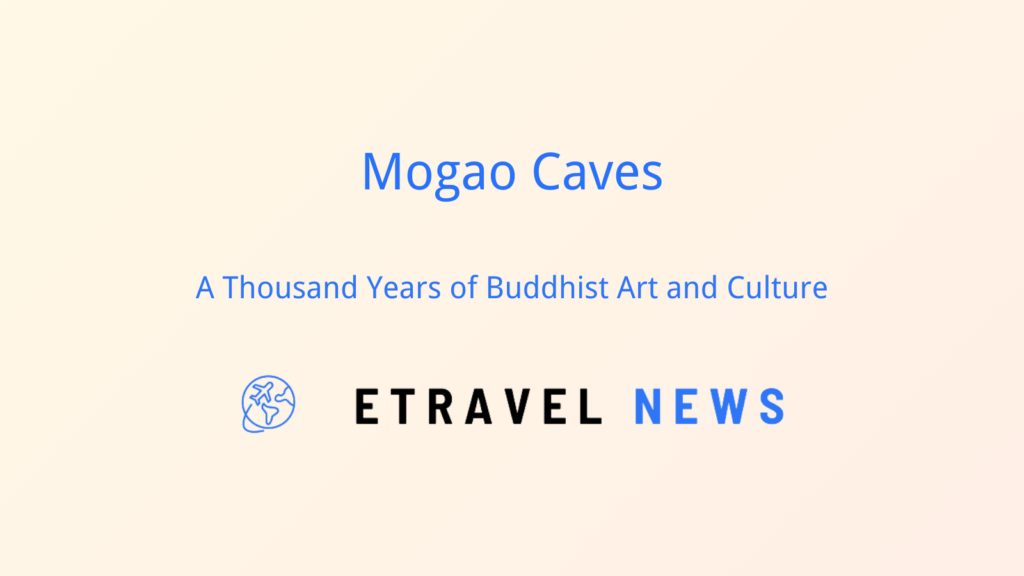Introduction to the Tomb of Qin Shi Huang
The Tomb of Qin Shi Huang, China’s first emperor, stands as a testament to ancient power and ambition. Located in Lintong District, Xi’an, Shaanxi Province, this vast necropolis spans approximately 56 square kilometers. Qin Shi Huang, who unified China in 221 BCE, commissioned this monumental mausoleum to serve as his eternal resting place and a microcosm of his earthly empire.
| Tomb of Qin Shi Huang: Key Facts | |
|---|---|
| Location | Lintong District, Xi’an, Shaanxi |
| Construction Period | 246-210 BCE |
| Total Area | Approximately 56 sq km |
| UNESCO World Heritage Site | Inscribed in 1987 |
Historical Background
Construction of the tomb began when Qin Shi Huang ascended the throne at age 13 and continued for over three decades. Ancient texts describe the tomb as an underground palace, complete with rivers of mercury, constellations of precious stones, and intricate traps to deter grave robbers.
The purpose of this grand mausoleum was multifaceted:
- To ensure the emperor’s immortality
- To showcase his power and wealth
- To provide for his needs in the afterlife
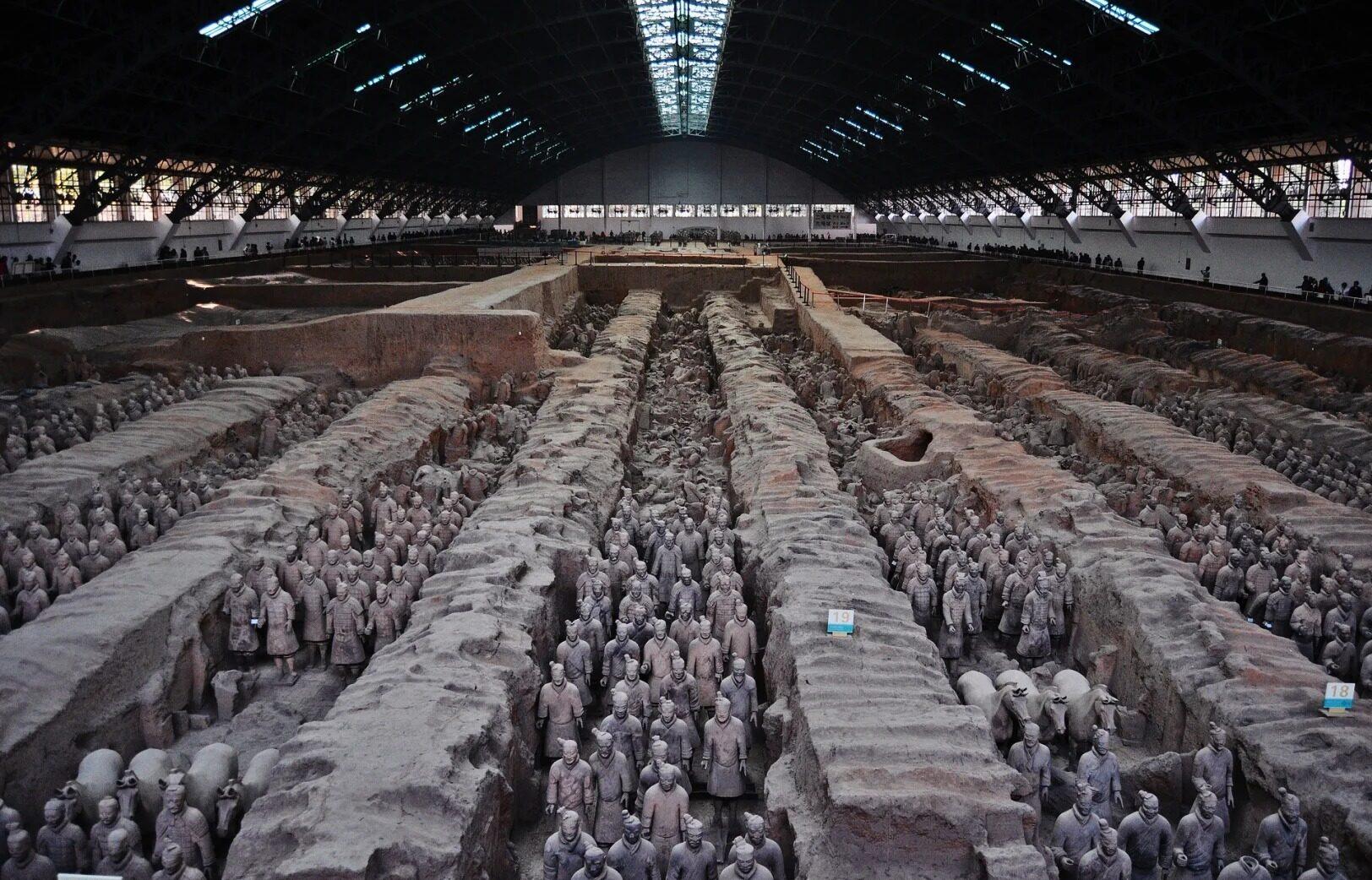
The Terracotta Army
The accidental discovery of the Terracotta Army in 1974 by local farmers revolutionized our understanding of Qin-era China. This vast collection of life-sized clay warriors, horses, and chariots was created to protect the emperor in the afterlife.
Key features of the Terracotta Army:
- Over 8,000 unique soldiers
- Arranged in battle formation
- Detailed craftsmanship, including individual facial features

Tomb Structure and Contents
While the central tomb remains unexcavated, archaeological surveys have revealed a complex structure:
- Outer city wall
- Inner wall surrounding the tomb mound
- Underground palace (presumed location of the emperor’s remains)
- Subsidiary tombs and pits containing artifacts and sacrificial items
Speculated contents of the main tomb include:
- A map of the Qin empire with rivers of mercury
- Precious artifacts and treasures
- Advanced preservation mechanisms for the emperor’s body
Archaeological Discoveries and Ongoing Research
Beyond the Terracotta Army, archaeologists have uncovered:
- Bronze chariots and horses
- Stone armor suits
- Terracotta acrobats and musicians
Current research focuses on:
- Non-invasive mapping techniques
- Preservation of excavated artifacts
- Analysis of construction methods and materials
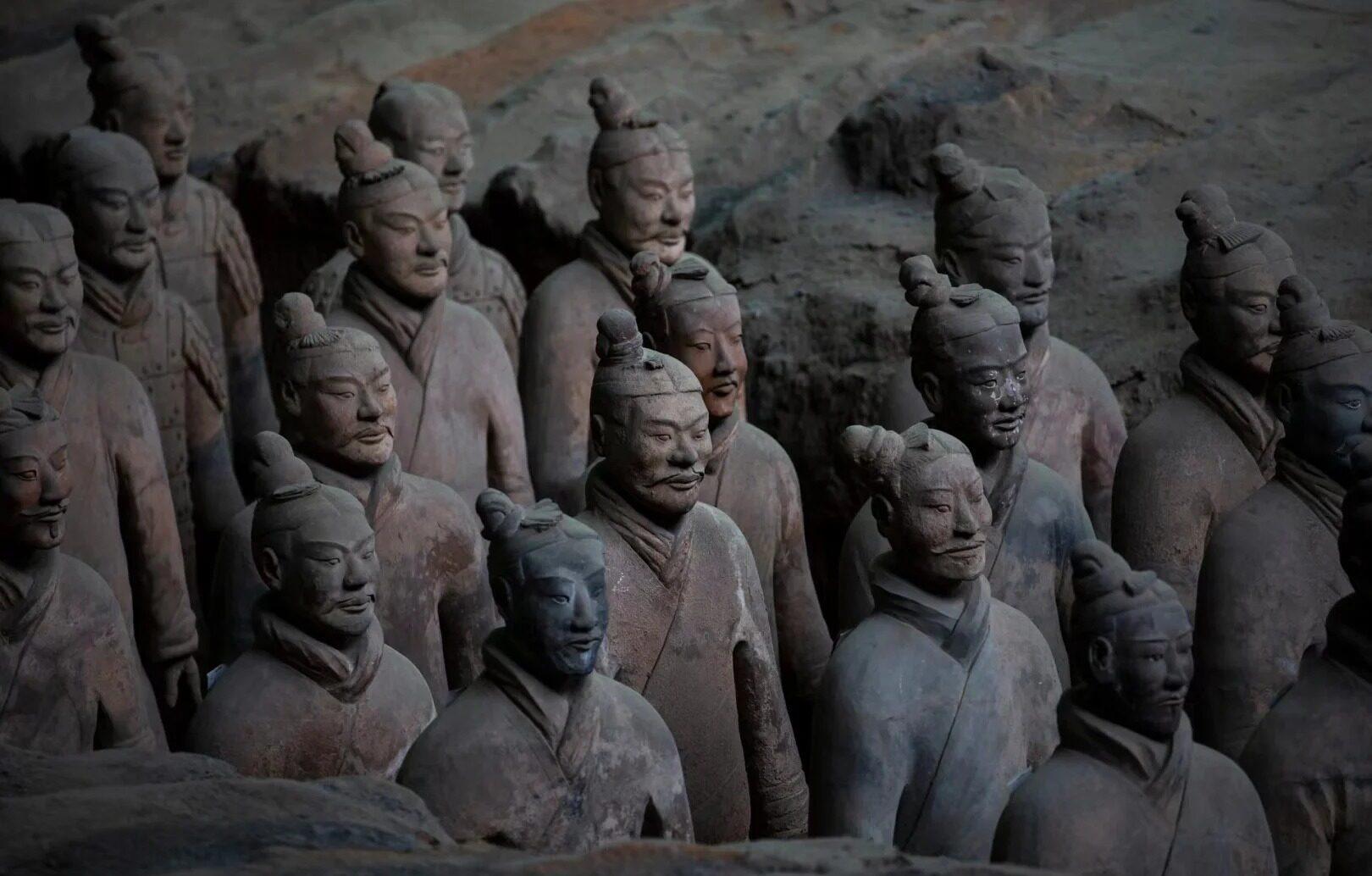
Visitor’s Guide
To experience this archaeological wonder:
- Reaching the site:
- Fly to Xi’an Xianyang International Airport
- Take a shuttle bus or taxi to the Terracotta Army Museum (about 1 hour)
- Best times to visit:
- Spring (March-May) and Autumn (September-November) for mild weather
- Weekdays to avoid crowds
- Key areas open to the public:
- Terracotta Army Pits 1, 2, and 3
- The Exhibition Hall of Bronze Chariots
- The Qin Shi Huang Emperor Tomb Artifact Exhibition Hall
| Visitor Information | |
|---|---|
| Opening Hours | 8:30 AM – 5:00 PM (March to November) |
| 8:30 AM – 4:30 PM (December to February) | |
| Recommended Time | 2-3 hours for a comprehensive visit |
| Audio Guides | Available in multiple languages |
Cultural Impact and Preservation Efforts
The Tomb of Qin Shi Huang has profoundly impacted Chinese culture and global perceptions of ancient China. It has:
- Inspired countless works of art, literature, and film
- Boosted tourism in Xi’an and surrounding areas
- Enhanced understanding of Qin dynasty technology and society
Preservation challenges include:
- Degradation of unearthed terracotta figures
- Potential oxidation of artifacts upon exposure
- Balancing research needs with conservation
Ongoing initiatives focus on:
- Developing advanced preservation techniques
- Creating climate-controlled environments for excavated areas
- International collaboration for research and conservation
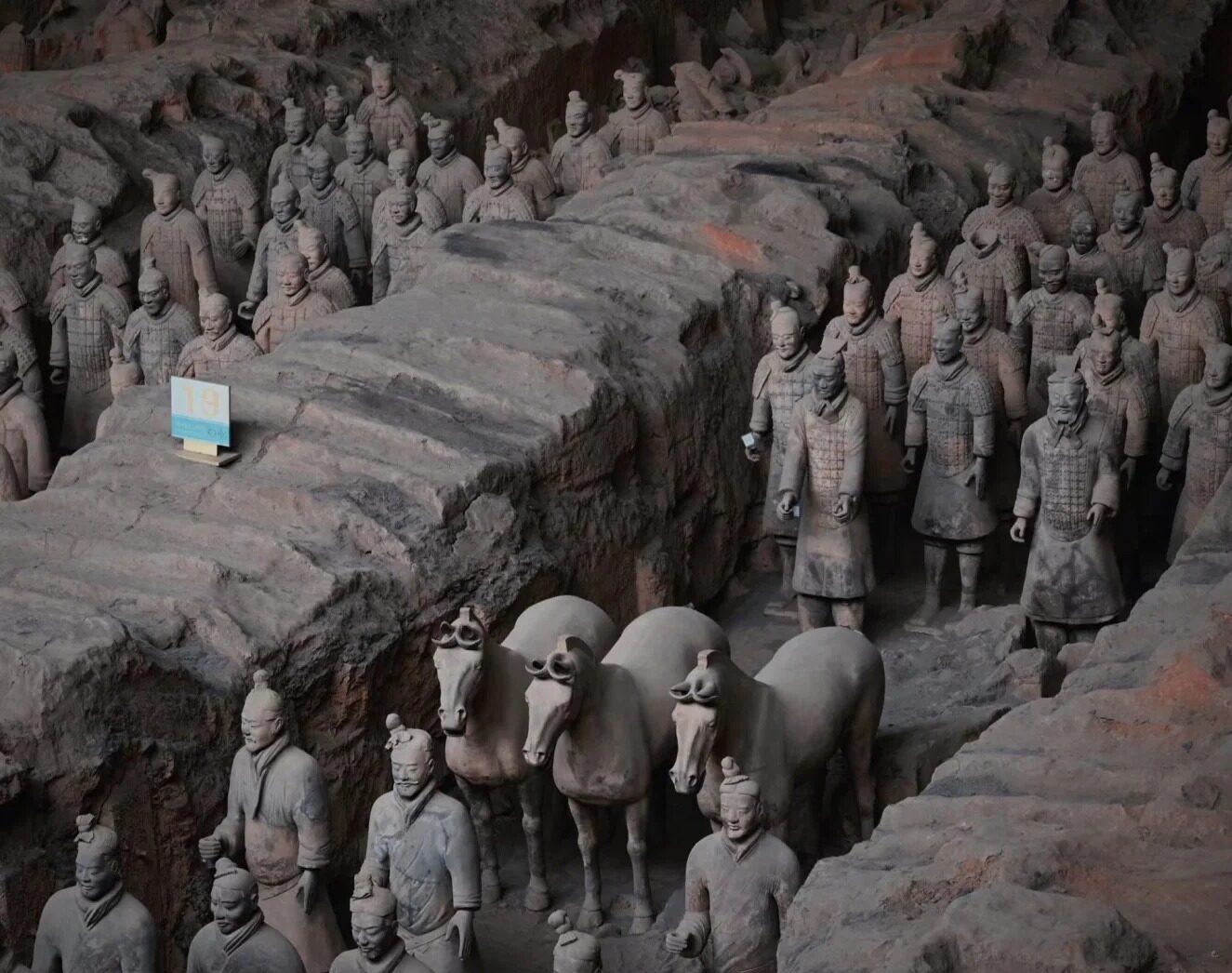
Conclusion
The Tomb of Qin Shi Huang offers a window into the grandeur and mysteries of ancient China. As you walk among the silent ranks of terracotta warriors, each with its unique expression and stance, you’re transported back to a time of imperial ambition and artistic mastery. The site continues to captivate researchers and visitors alike, promising new discoveries and insights into one of the world’s greatest civilizations.
While much of the tomb complex remains unexplored, what has been revealed thus far has revolutionized our understanding of ancient Chinese culture, technology, and artistry. As preservation efforts continue and new excavation techniques emerge, the Tomb of Qin Shi Huang stands as a bridge between past and present, inviting us to unravel its secrets and marvel at the enduring legacy of China’s first emperor.


